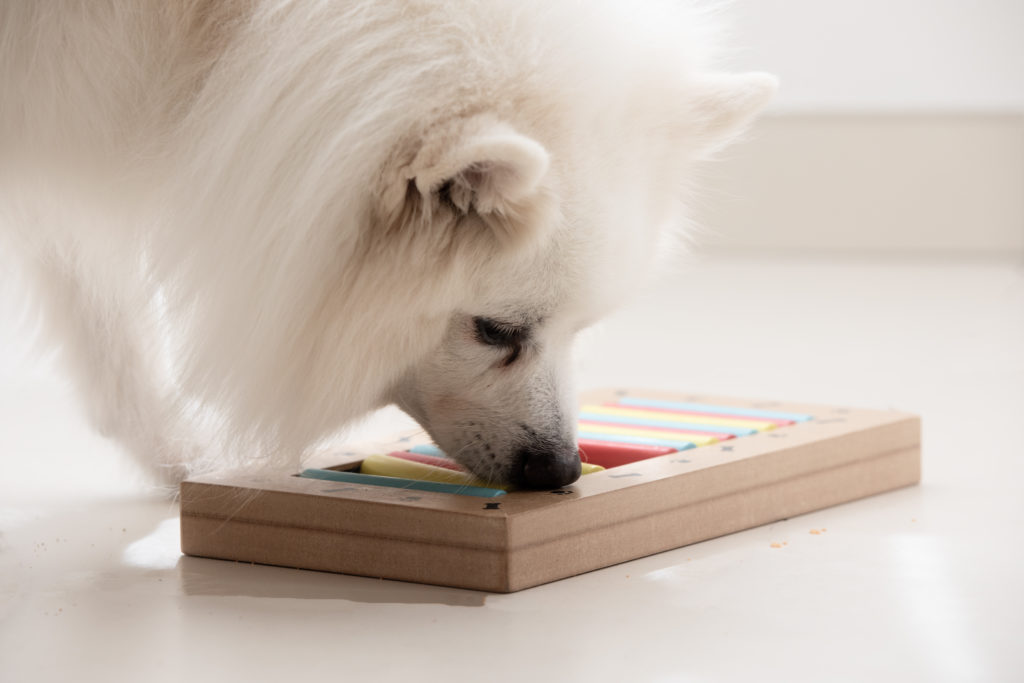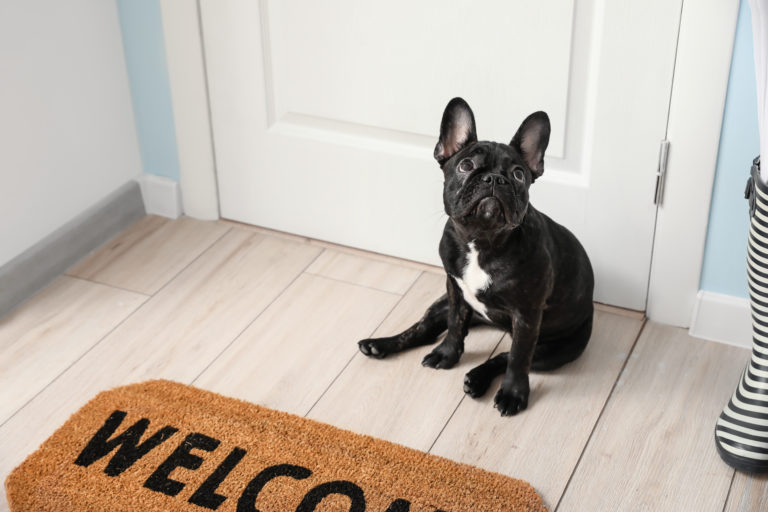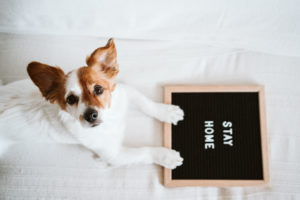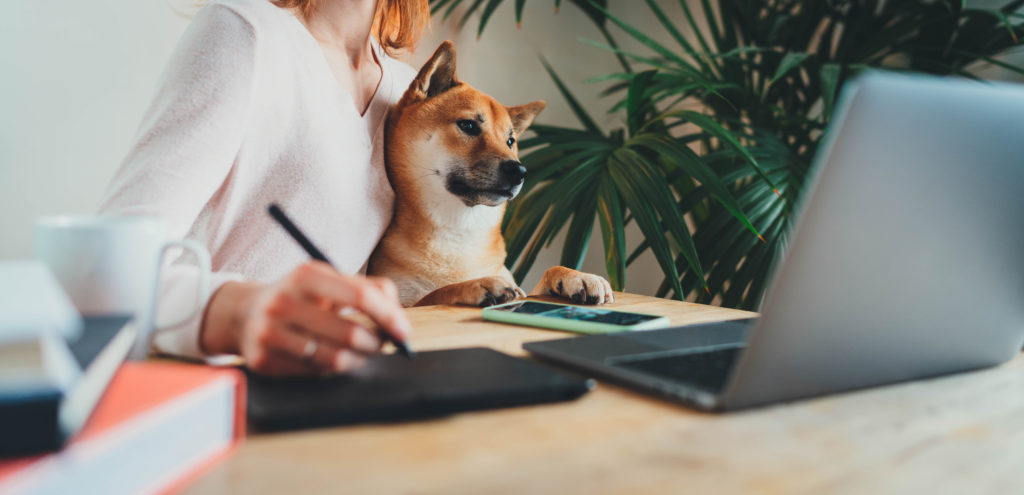If your dog displays destructive or disruptive behaviour when left alone, she may be suffering from separation anxiety.
This means that she becomes stressed or upset when separated from you, her guardian, to whom she is strongly attached. Flattering though this may sound, the issues that separation anxiety creates can have very negative consequences. They must be dealt with, for both your and your pet’s peace of mind. Here are our tips for dealing with your dog’s separation anxiety
Common separation anxiety behaviours include:
- Urination and/or defecation
- Barking and/or howling
- Chewing, digging and general destruction
- Escaping
- Pacing
- Coprophagia (consuming excrement)
Possible causes of separation anxiety:
- Change of family or guardian
- Change in schedule
- Change in residence
- Change in family membership (e.g. death of family member, family member moving away)
Before diagnosing your dog with separation anxiety, it is important to rule out any medical problems that may be causing the behaviour. A visit to your vet is a good idea, to check that all is well, before acting on the tips below.
4 Ways For Dealing With Your Dog’s Separation Anxiety
Counter-Conditioning
Teaching your dog to associate being left alone with something really positive will help recondition her to look forward to being left alone. Every time you leave the house, offer your dog a puzzle toy stuffed with food, which will take it about half an hour to finish. A Kong is a popular choice, and you can stuff it with cream cheese, peanut butter, frozen banana or frozen cottage cheese. Be sure to remove the toy as soon as you get home, so the dog associates these high value treats with being left alone.

Pre-departure Cues
If your dog becomes distressed when she sees you getting ready to leave, teach your dog that these cues do not necessarily mean you are about to leave. Put on your coat and boots, then sit down to watch television, or pick up your keys and start cleaning the house. It may take some time for your dog to re-learn the cues she has always known to mean you’re leaving, so persevere.

Graduated Absence
Playing ‘stay’ with your dog while you put on your boots and coat, then hide behind a closed bedroom door for increasing amounts of time. Work up to different doors around the house before moving on to exit doors. Again, this can take some time, so make sure you are not progressing the training too quickly. Watch out for signs of stress in your dog which may mean you need to persevere at the same level for longer. Build up to 40 minute absences, moving up by just a few seconds with each session.

Maintenance
Whilst your new training regime is in action, it is important that your dog does not suffer the full-blown version of what provokes his anxiety. If possible, take your dog to work with you while treatment is in progress, or arrange for someone to be present in your home with the dog whenever you’re absent.

In addition, and on an ongoing basis, all greetings (hellos and goodbyes) should be calm and understated. A simply pat on the head is sufficient. When arriving home, the same is applicable. If your dog is very excited to see you, just say hi and then ignore her until she is calm and relaxed.
Finally, making sure that your dog is properly stimulated and exercised well will help eliminate destructive behaviours. At least half an hour of aerobic activity, such as running, every day, is necessary for most breeds. If you walk your dog right before you go out, this can help her to be relaxed and restful while you’re away. Your dog needs plenty of games, puzzles and other mental stimulation to keep her mind active and healthy. This will help alleviate any anxiety — a happy dog is more likely to be calm and well behaved.
We hope you enjoyed these tips for dealing with your dog’s separation anxiety! Let us know about any other topics you’d like us to address.
Want to see more topics? Go back to all Articles about Pets